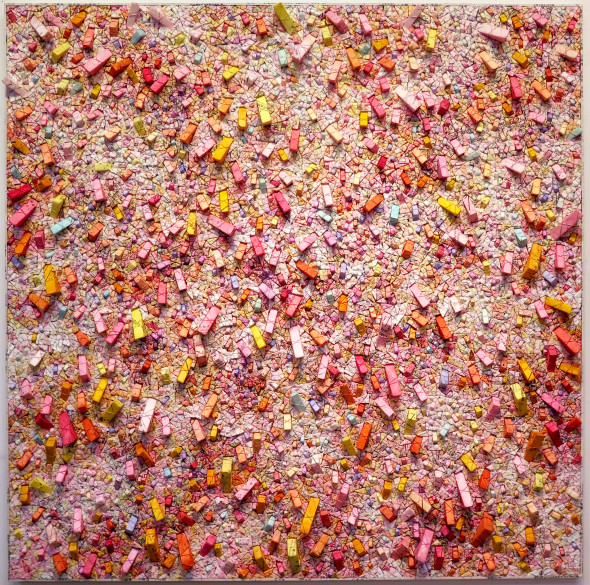
During my trip to Singapore I have discovered a very interesting contemporary art gallery housed within an Art Deco heritage building just across the Peranakan Museum on Armenian street. The artworks are very reviving and innovative and I decided to share with you my experience of travelling and discovering new dynamic and extraordinary art around the world, starting from here, Singapore.
I was walked through the gallery and had a pleasant conversation with the gallery representative Eng Jia Ling.
D.A.Stauer: Ling, it is my third time in Singapore, but I don’t recall seeing an art gallery here during my last visit in 2009, so it must be quite a newborn art gallery?
Eng Jia Ling: Indeed, you could not have seen Art Plural Gallery here before, as it was founded by Swiss art dealer Frédéric de Senarclens in May 2011.
We have a very good location – in the heart of Singapore’s cultural district.
D.A.Stauer: So, if I have come here, you might guess that I am interested in art and culture, right?
Eng Jia Ling: Indeed, and it is a pleasure for us to see new international people who love art here. Actually we are exposing international artists!
And as the gallery encompasses an expansive 12,000 square feet spread across 4 levels of exhibition space, there is quite a lot to see.
D.A.Stauer: Is it the largest contemporary art gallery in Singapore?
Eng Jia Ling: If we are talking about private galleries – yes. And in 2013 Art Plural Gallery was named by Blouin Artinfo as one of the Best New Galleries in the World.
D.A.Stauer: As I entered the gallery, my attention caught the unusual artworks made from old papers… Could you tell me more about this artworks and the artist who made them?
Eng Jia Ling: Oh, if there is a chance that you, or Artslife readers would be in Singapore from 29 May to 20 July 2015 – then you are welcome visit us, because Art Plural Gallery is going to present a solo exhibition by Korean artist Chun Kwang Young, that you mentioned. There will be more artworks to see – 15 of his latest works will be united in the exposition called New Dreams.
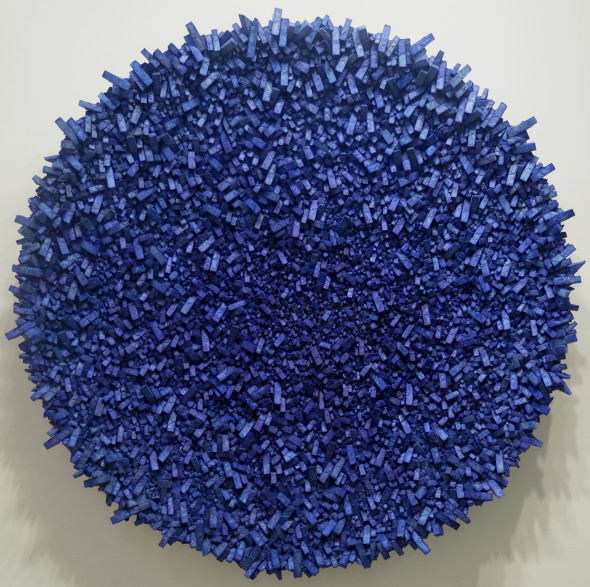
Courtesy of Art Plural Gallery.
D.A.Stauer: Well, that is wonderful news. So, could you tell me more about the exhibition?
Eng Jia Ling: The exhibition unveils new works from Chun Kwang Young’s Aggregation series. In a way it is a shift in his life. Chun Kwang Young’s new understanding of his existence arrives as reflective bliss after four decades of honing his distinctive style.
D.A.Stauer: You said it is a shift in the artist’s life, so would I be right to presuppose that the new ideas have found their expression in the colours change?
Eng Jia Ling: Yes, you are. Conveyed through a bold palette of bright pinks, deep oranges, warming yellows and evocative blues, the recent septuagenarian’s new vision of splendour transfixes him in an unprecedented state of reverie.
D.A.Stauer: I wonder how this idea of using old paper in the artworks creation occurred to Chun Kwang Young?
Eng Jia Ling: That is a thought-provoking question. And indeed there’s a captivating story behind these artworks.
Initially, the Aggregation series emerged out of Chun’s early memories, of visiting doctor’s offices of Eastern medicine and encountering packages of pills, wrapped in the traditional Korean mulberry paper. In moments of illness and unpleasant memories of these visits, the images of the paper packages hanging in the doctor’s office in all different sizes, flooded back into Chun’s memories. It was in returning to personal memory that Chun found a new visual expression for his art, which for him, was distinctly Korean. Having migrated to the United States in the 1960s and having been instantly attracted to the freedom of expression and styles of the Abstract Expressionists, Chun actively sought a mode of expression that would be authentic to him and his native background. Abstraction was appropriate to depict the conflict and division of society he experienced in both Korea and the United States.
In an extension and evolution of the legacy of Korean Monochrome artists of the 1970s, Chun sought to arrive at a visual language that embraced both the contemporary styles of his time but also his native roots, resulting in a distinct Korean expression. Just as the Monochrome artists desired originality grounded in Korean roots or a sense of ‘Koreanness’, Chun too, was looking for a way of making art that would be reflective of his personal life and experience. Furthermore, similar to the Monochrome artists using their art as a vehicle to bring about social healing (in a psychological sense) of the collective trauma experienced by Korean society, following half a century of unrest with colonial occupation, War and the division of the nation, Chun’s work also seeks a type of healing from the conflicts and injustices of contemporary society.
By weaving together the triangular packages of polystyrene foam wrapped in Korean mulberry paper, Chun creates a field of information, each package like an atom, a ‘bit’ of information, or a pixel that makes up the entire image. It is in these assemblages that he builds visual symbols of violent clashes; the texture created by the triangular shapes jutting out at different angles reminds us of the ebbs and flows of human suffering and tragedy, of scars and wounds that are inherent to our daily lives. Through exploring the seemingly violent terrain of the Aggregation works, Chun leads us to a state of contemplation and consciousness that strives for a sense of peace, resolution and harmony. Moving away from monochromatic tones and the subdued hues of blacks, whites and greys, these colourful Aggregation works celebrate reveries, vitality, and joie de vivre.
D.A.Stauer: Joi de vivre is a French expression, so the artist must be a very cosmopolitan person. Could you give me a brief outline of his biography?
Eng Jia Ling: Chun Kwang Young was born in 1944 in Hongchun, Korea. He received his BFA from Hong- Ik University, Seoul, Korea in 1968 and his MFA from Philadelphia College of Art, United States in 1971. Having moved to the United States in the 1960s, Chun was influenced by Abstract Expressionism. The early stages of his career saw the artist working with paintings until his shift to Korean mulberry paper in 1995.
And yes, I think you could say that he is very cosmopolitan, because Chun has shown his works extensively around the world in galleries and museums. He has held over 60 solo exhibitions since 1968, most notably at Gallery Hyundai, Seoul; Kukje Gallery, Seoul; Columbus Museum, Georgia; Singapore Tyler Print Institute; Mori Arts Center Gallery, Tokyo; Towson University Asian Art Center, Maryland; Museum of Seoul National University.
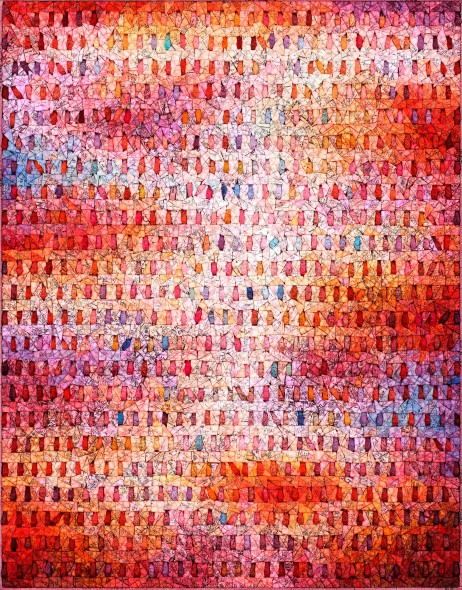
He has also participated in numerous group exhibitions including at Palazzo Grimani Art Museum, Venice; Yale University Art Gallery, Connecticut; CODA Museum, Apeldoorn, Netherlands; The National Museum of Modern Art, Seoul; The Aldrich Contemporary Art Museum, Connecticut; National Museum of Contemporary Art, Gwacheon, Korea; Bangladesh Shilpakala Academy, Dhaka, Bangladesh. Chun has received numerous awards and was named Artist of the Year
2001 by The National Museum of Contemporary Art, Seoul. In 2009, he was awarded the Presidential Prize in the 41st Korean Culture and Art Prize by the Ministry of Culture, Sports and Tourism in Korea.
His works can also be found in the collections of Victoria & Albert Museum, London; The Seoul National University Museum of Art; National Museum of Contemporary Art, Seoul; Rockefeller Foundation, New York; Museum KUNSTWERK, Peter W Klein, Eberdingen, Germany; Woodrow Wilson International Center, Washington D.C; Malta National Museum, Malta; Busan Metropolitan Art Museum, Korea. The artist currently lives and works in Gyunggi, Korea.
D.A.Stauer: That is a fascinating story indeed. Thank you so much for sharing it with me and the readers of Artslife.
I would like to finish this article quoting the wise Chun Kwang Young’s words that I find interesting as a philosophy of his art as well as our society development:
“To me, the triangular pieces wrapped in mulberry paper are basic units of information, the basic cells of a life that only exists in art, as well as individual social events or historical facts. By attaching these pieces one by one to a two-dimensional surface, I wanted to express how basic units of information can both create harmony and conflict. This became an important milestone in my long artistic journey to express the troubles of a modern man who is driven to a devastated life by materialism, endless competition, conflict, and destruction. After almost twenty years, I was now able to communicate with my own gestures and words.”
Diana Avgusta Stauer



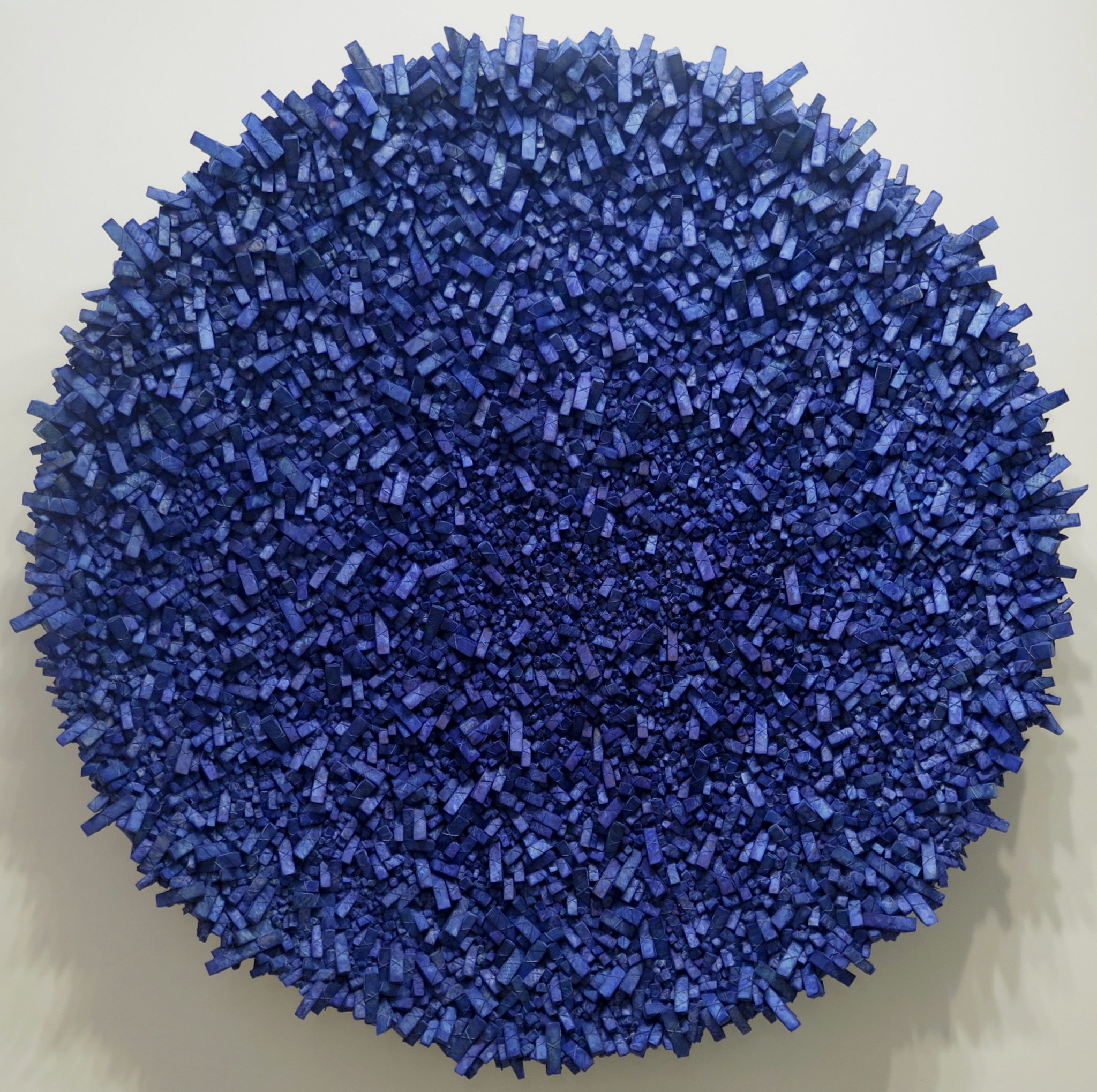

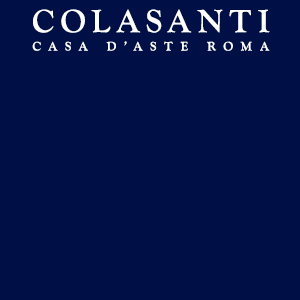


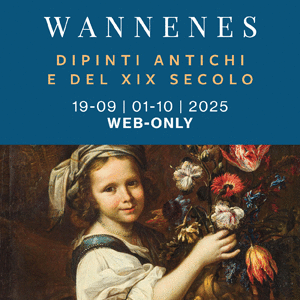

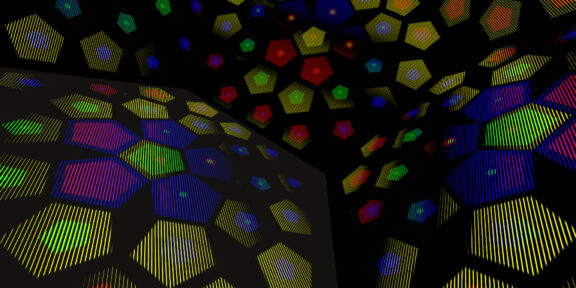
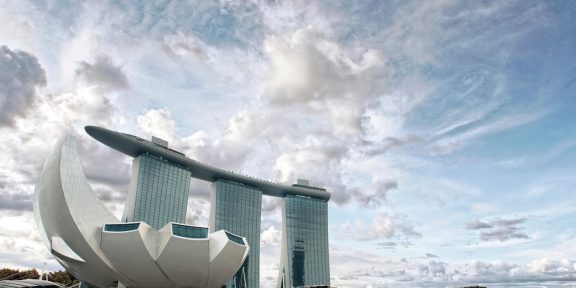




I love your article/interview…very interesting and inspiring